Go to Bottom of Page
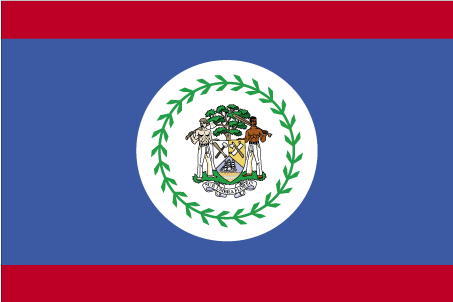
Photo
Curtesy of CIA World Factbook

1. Abstract:
The history of the dispute over Belizes' borders begins back in colonial
times when Spain and the United Kingdom fought over the vast natural resources
that could be available to them in Central America. Spain had land in Guatemala
and the United Kingdom wanted to hold on to Belize (then known as British Honduras)
for the resource of timber and land that would be available to them. Once Spain
left it was up to the Guatemalans to fight with the United Kingdom over its
land borders with Belize. The fight over the land and natural resources of this
area was not the bloodiest or the most publicized, but it lasted for several
hundred years. Today, Belize is a recognized sovereign state by all the former
countries involved with the struggle over its land and borders.
2. Description:
The land that is now called Belize has been occupied
by people for centuries. Numerous ruins indicate that for hundreds of years
Belize was heavily populated by the Maya Indians, whose relatively advanced
civilization reached its height between A.D. 250 and 900 ("About Belize",
2006). Belize or British Honduras (as it was originally called), started as
a colony of the United Kingdom in Central America. The first reference to European
settlement in the colony (of Belize) was in 1638 ("About Belize, 2006).
Spanish settlers had already taken most of the land from the Mayans and were
using the resources, mainly the timber available from its colonies to send back
to Spain. Spain then allowed the United Kingdom to use Belize as a colonial
settlement and to then cut and export the timber from the land and send it back
to England.
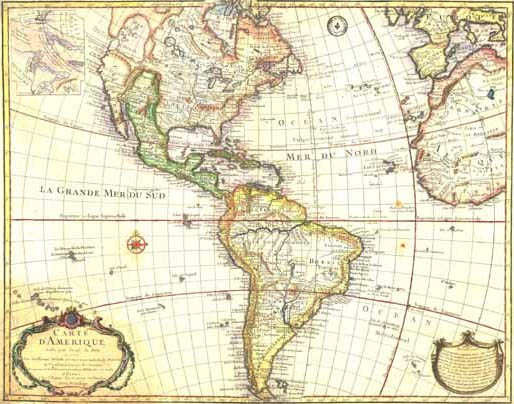
Photo
Courtesy of Wikipedia.com
However, eventually Spain changed their
mind and wanted back the resources from the land, but the United Kingdom refused
and at that time the Spanish settlers were being forced out of the Americas
through conflicts. By the 1820's, when Spain was ousted from the Americas, the
settlers had penetrated as far south as the Sarstoon River ...Guatemala, claimed
sovereignty over Belize as an "inheritance" from Spain("Government
of Belize, 2006). Guatemala felt that it had inherited its right to the territory
of Belize from its former colonial owner. This felt this right included the
access to the Belizean forests for logging.
Unfortunately for the people of Belize,
the United Kingdom still had its colonial holdings in British Honduras and did
not want to leave because of the natural resources in the area. Therefore, tensions
between the United Kingdom and Guatemala increased as they both felt they had
the rights to the land. Then in 1859 there was a treaty signed by the UK and
Guatemala that gave the right of the land to the British and made official boundaries
between it and Guatemala and then a couple of years later the land was officially
known as British Honduras. However, in 1940 Guatemala decided that the treaty
from 1859 was void and that they had the rights to the land and wanted the British
to leave. In 1940 Guatemala declared the treaty to be void, a Guatemalan Constitution
in 1945 declared Belize to be Guatemalan territory ("Government of Belize",
2006).
It wasn’t until 1981 that Belize won its
independence from the United Kingdom, however Guatemala still refused to recognize
it as being a sovereign country. It took over ten years, 1992, before Guatemala
recognized Belize as a soverign country and then after another eight years went
back on their word and again tried to take over Belizean territory. Some influential
forces in Guatemala were opposed to the recognition of Belize, and Guatemala's
claim to Belize was restated in 1994 and more elaborately in October 1998, when
the new position claiming more than half of the territory was put forward("Government
of Belize, 2006). Even after seveal years of official recognition, Guatemalan
squatters continue to settle in the largely uninhabited rain forests of Belize's
border region ("CIA World Factbook", 2006).
Belize is a prime example of what types of problems
can be left behind after the colonial powers leave without adequate infrastructure
and institutions for the people. Usually Africa is the most common example used
for post-colonialism destruction, but Belize also works. Two former Imperial
powers, Spain and the United Kingdom, both had their colonies in the same area
and were constantly fighting over the land and its natural resources. After
Spain left, Guatemala took up its fight and the result was increased tensions
between Britain and Guatemala. Eventually when the British left the area, it
was up to the people of the area to decide what was what. Since, there had been
no real boundaries and the people had no real understanding as to who owns what
conflicts arose. A basic fight over timber has led to a long lasting fight over
territory, which shows how important the environment and natural resources are
to an economy (as shown below even in Belize's coat of arms a tree features).
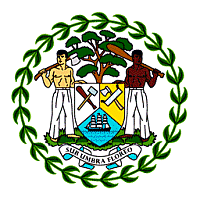
Photo
Courtesy of Wikipedia Website
3. Duration: 1940-1981
The durational of the fight over Belize and its natural resources has lasted
over several centuries. However, the dates of 1940 and 1981 are from when Guatemala
declared the previous treaty granting Belizean independence void (1940) and
when Belize officially gained its indepedance from Great Britain in 1981("Government
of Belize", 2006). It began back in early colonial times when Spain had
much of the control over the land in Central and Southern America. It has continued
on till the last several decades through the fight of Guatemala to take some
of these resources away from Belize and cause political trouble. However, the
actual fighting was not so long lasting and sporadic fights between the different
actors have been few and far between with mostly non-violent conflicts occurring.
4. Location:
Continent: North America, Southern North America
Country: Belize
The country of Belize is located in the North-Eastern corner of Central America
on a sub-tropical latitude. It is bordered by two countries, Mexico to the North
and Guatemala to the West, and on the East side is the Caribbean Sea. The inner
coastal waters are shallow and are sheltered by a line of coral reefs, dotted
with islets called 'cayes', extending almost the entire length of the country
("About Belize"). In addition, There are many rivers, some of them
navigable for short distances by shallow-draught vessels and a large part of
the mainland is forest ("About Belize"). Therefore, the two main agricultural
industries for the economy are from timber logging and fishing.

Photo courtesy of CIA World Factbook
5. Actors:
Guatemala, Belize, Spain, United Kingdom
There are four main actors in this conflict. They are the United Kingdom,
Spain, Guatemala, and Belize. These four actors are all states (or a territory
in Belize’s case during part of the time) and the conflict occurred at the state
level.

6. Type of Environmental Problem:
Deforestation,
The environmental problem that has occurred as a result of fighting between
the UK and Guatemala over resources in Belizean lands is deforestation. The
main source of tension is the lands available timber that had been used for
centuries as a resource shipped back to whatever colonial power claimed it at
that time. DEFOR
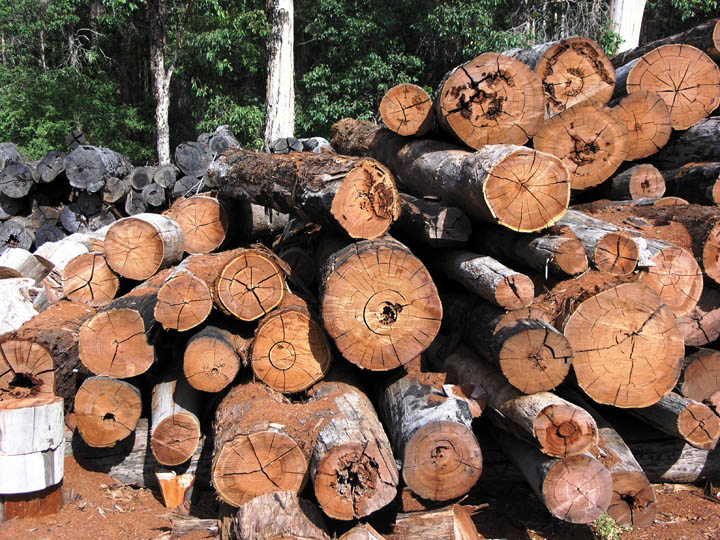
7. Type of Habitat:
Subtropical,
The climate of Belize is subtropical, tempered by
trade winds. Temperatures in coastal districts range from about 10 °C (50°F)
to about 35.6°C (96°F); inland the range is greater ("About Belize",
2006). It sits in Central America alongside the Caribbean Sea and is bordered
by Guatemala and Mexico. Because of its southern location the temperatures remain
high year round. The land has its raining season in the summer and its dry season
in the winter with the south receiving more annual rainfall.
8. Act and Harm Sites:
Guatemala and Belize,
The act and the harm site are both located in the same country of Belize.
However, any of the fighting that occurred would not have taken place in the
forests where the environmental impact would be felt, but in the town and low
arable lands around the cities. Guatemala and Spain along with the United Kingdom
have all combined to cause harm to the land and the forests in Belize.

9. Type of Conflict:
Interstate,
The conflict over the natural resources that Belizean land offered was between
the United Kingdom and Guatemala. Therefore it was not a civil war but a war
between two countries.
10. Level of Conflict:
The level of conflict over this land would be considered low.
11. Fatality Level of Dispute (military and civilian fatalities):
While there is not a lot of data that supports actual fatality numbers, the
fatality numbers would seem to indicate there were less than 1,000 fatalities.

12. Environment-Conflict Link and Dynamics:
Causal Diagram-
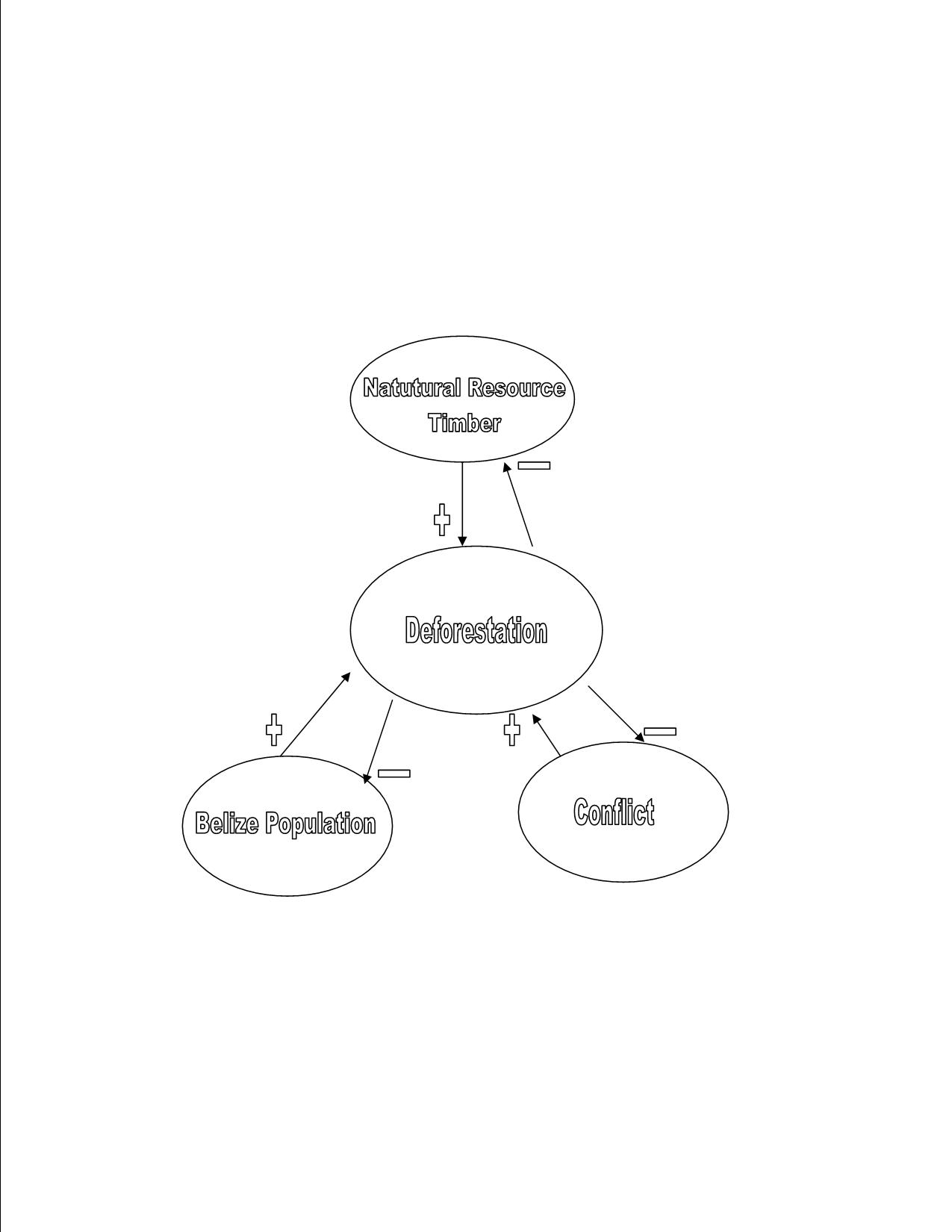
The case of Belize is from a direct conflict over an
environmental issue. The environmental issue was the natural resources found
in the area of Belize, such as the timber and the actual land. The United Kingdom
fought directly with Spain and then Guatemala (Spain’s former colony). A rise
in timber interest and money earned through harvesting caused the level of conflict
to increase as the incentive for profit increased.
13. Level of Strategic Interest:
Bilateral,
There are several levels of interest in the fight over Belizean resources.
One would obviously be the state level since Belize loses its availability to
its own resources if others are taking it from them. Another is on the regional
level. Even though the fighting mainly occurred in the Belize/ Guatemala area,
the other countries in the same area would have been affected by fighting in
their close proximity. Also, there was a multilateral level of interest since
the parties to the conflict occurred in Central America and Europe, although
the fighting was only in the Central American region.
14. Outcome of Dispute:
The outcome of the dispute as the United Kingdom being the decision maker
would be that they came to a compromise/ defeat with the Belizeans. They eventually
recognized Belize’s independence and let them take over the responsibility of
its natural resources and land.

15. Related ICE Cases:
BELIZE
Belize Logging Conflict This case study explores the clash between the Belizean
government's need to attract foreign currency through meeting commercial interests
of a Malaysian logging firm and the Mayan people's material and spiritual need
to preserve the rainforest.
KHMER Khmer
Rouge and Wood Exports On September 22, 1992, Cambodia's provisional national
council agreed to a moratorium on log exports. One reason for the moratorium
was that intensive deforestation caused massive flooding in Cambodia.
Nicaragua-
Honduras Territorial Dispute The Central American countries of Nicaragua
and Honduras have a long history of territorial disputes, dating back to the
year 1906, when they were in dispute over a coastal area. The dispute of these
two countries continues today.
SAHARA Sahara
Dispute and Environmnet Morocco and the Polisario Front are contesting the
Western Sahara, a 266,000-square kilometer territory in the northwest corner
of Africa.
SPRAT Spratly
islands Dispute The Spratly Islands of the South China Sea are a potential
tinder box in the region. Approximately 44 of the 51 small islands and reefs
are claimed or occupied by China, the Philippines, Vietnam, Taiwan, Malaysia
and Brunei. The conflict is the result of overlapping sovereignty claims to
various Spratly Islands thought to possess substantial natural resources.
16. Relevant Websites and Literature:
Bianchi, William. Belize: The Controversy between Guatemala and Great Britain
over the Territoy of British Honduras in Central America. New York: Las Americas
Publishers. 1959.
Clegern, Wayne N. “New Light on the Belize Dispute”. The American Journal
of International Law. Vol 52 No 2 April 1958.
Hammond, Norman. “The Prehistory of Belize”. Journal of Field Archeology.
Vol 9 No 3 Autumn 1982.
Payne, Anthony J. “The Belize Triangle: Relations with Britain, Guatemala,
and the US”. Journal of Interamerican Studies and World Affairs. Vol 32 No1
Spring 1990.
Thomson, Peter. Belize- A Concise History. Oxford, UK: Maxmillian Caribbean.
2004.

Go back to top of page
©Jennifer Meyer May 10, 2006


![]()
 I. CASE BACKGROUND
I. CASE BACKGROUND


![]()
 II. Environment Aspects
II. Environment Aspects
![]()
 III. Conflict Aspects
III. Conflict Aspects![]()
 IV. Environment and Conflict Overlap
IV. Environment and Conflict Overlap
![]()
 V. Related Information and Sources
V. Related Information and Sources![]()